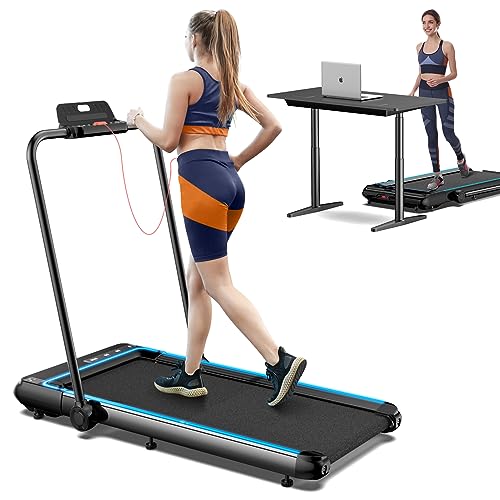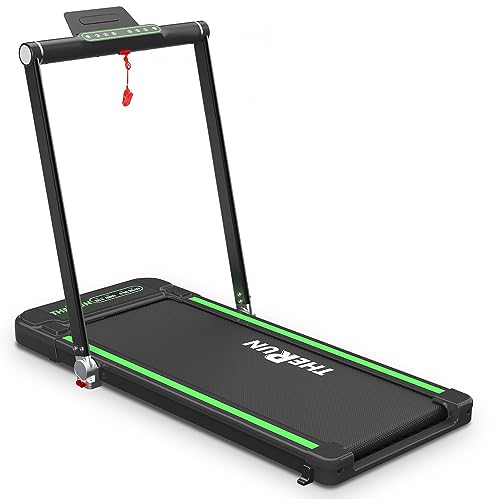This company has no active jobs
0 Review
Rate This Company ( No reviews yet )
Information Company
- Total Jobs 0 Jobs
- Full Address Bleibtreustrasse 25
Something About Company
The Reasons Non Powered Treadmill Is Everywhere This Year
The Rise of Non-Powered Treadmills: A Deep Dive into Their Benefits and Features
In a world significantly concentrated on health, wellness, and physical fitness, the choices for workout devices appear limitless. Amongst these, non-powered treadmills are getting substantial traction. These machines, which do not count on electrical power to operate, provide a distinct blend of advantages and benefits that cater to a varied audience. This article explores the features, benefits, and factors to consider related to non-powered treadmills, while also responding to typical questions surrounding them.
What is a Non-Powered Treadmill?
A non-powered treadmill, typically described as a manual treadmill, is a kind of treadmill that is operated by the user’s movement instead of an electric motor. Users power the belt forward by walking or running, making it a versatile alternative for cardio exercises. Non-powered treadmills are typically seen in home gyms, physical fitness studios, and rehabilitation centers due to their simpleness and effectiveness.
Comparison: Non-Powered vs. Powered Treadmills
To comprehend the growing appeal of non-powered treadmills, it’s important to compare them versus their powered counterparts. The table listed below highlights some essential distinctions:
| Feature | Non-Powered Treadmill | Powered Treadmill |
|---|---|---|
| Source of power | Manual (user-driven) | Electric (motor-driven) |
| Cost | Typically more economical | Often more costly |
| Maintenance | Low upkeep requires | Higher upkeep requirements |
| Area Requirements | Generally less bulky | Can be big and heavy |
| Incline Adjustment | Manual Running Machine modifications | Automatic settings readily available |
| Exercise Intensity | Variable; depends on user effort | Constant; speeds set by the user |
| Threat of Injury | Lower, promotes natural movement | Higher, due to speed settings |
Training Benefits of Non-Powered Treadmills
-
Engagement of Core Muscles: Non-powered treadmills demand a higher level of balance and core engagement. Users must stabilize themselves, which in turn integrates core strength into the exercise.
-
Natural Running Mechanics: As users move the tread, they imitate natural running or walking strategies, lowering the risks of injury associated with busy powered treadmills.
-
Personalized Speed and Intensity: Because the treadmill relies on user effort, individuals can choose their workout pace, making it ideal for both beginners and advanced professional athletes.

-
Increased Caloric Burn: Research shows that users may burn more calories on a non-powered treadmill compared to a powered one at similar intensities. The reason? Manual Treadmill Price treadmills can press the body to work harder and to maintain a higher level of strength throughout the workout.
-
Sturdiness: Non-powered treadmills are usually more rugged and developed to last, with fewer electronic components that may fail with time.
Considerations for Choosing a Non-Powered Treadmill
Before buying, prospective buyers must think about the following features:
| Feature | Considerations |
|---|---|
| Weight Limit | Guarantee it suits your body type and needs |
| Belt Size | A broader belt can provide more comfort, particularly for running |
| Incline Settings | Look for options to change incline for varying exercise strength |
| Frame Construction | Decide for durable products that can stand up to rigorous usage |
| Portability | Consider designs that are simple to move or store out of the method |
Frequently Asked Questions (FAQ)
1. Are non-powered treadmills ideal for everybody?Yes, these treadmills are generally appropriate for users of all physical fitness levels. Nevertheless, people with specific health issues ought to seek advice from a medical professional before beginning any brand-new exercise program.
2. Just how much do non-powered treadmills cost?Costs can differ widely, normally ranging from ₤ 200 to upwards of ₤ 2,000 based on quality and functions. Manual Walking Machine choices tend to be more cost effective than powered variations.
3. How do I maintain a non-powered treadmill?Maintenance tends to be minimal; merely make sure that the belt is tidy and look for wear and tear sometimes. It’s also essential to keep moving parts oiled for smooth operation.

4. Can I run or walk on a non-powered treadmill?Yes, non-powered treadmills are developed for both walking and running. Users can adjust their exercise intensity based upon speed and stride.
5. Do I need to adjust the incline by hand?Yes, the majority of non-powered treadmills require manual modifications for incline modifications, permitting users to differ their exercises as desired.
The non-powered treadmill stands as a practical and effective exercise solution, perfect for those aiming to enhance their workout routine without the complexities of powered machines. By providing an extensive exercise that engages the core and works the body holistically, these treadmills are designed to create a reliable cardio experience that accommodates all fitness levels. Their cost, toughness, and general efficiency for calorie burning contribute to their rise in popularity.
Whether you are an experienced athlete trying to find a tougher workout or a novice taking those primary steps toward physical fitness, non-powered treadmills offer a welcoming option to the traditional electric Self Propelled Treadmill. With the added convenience of lower maintenance and cost, they should have consideration on your physical fitness journey.





